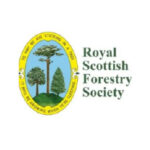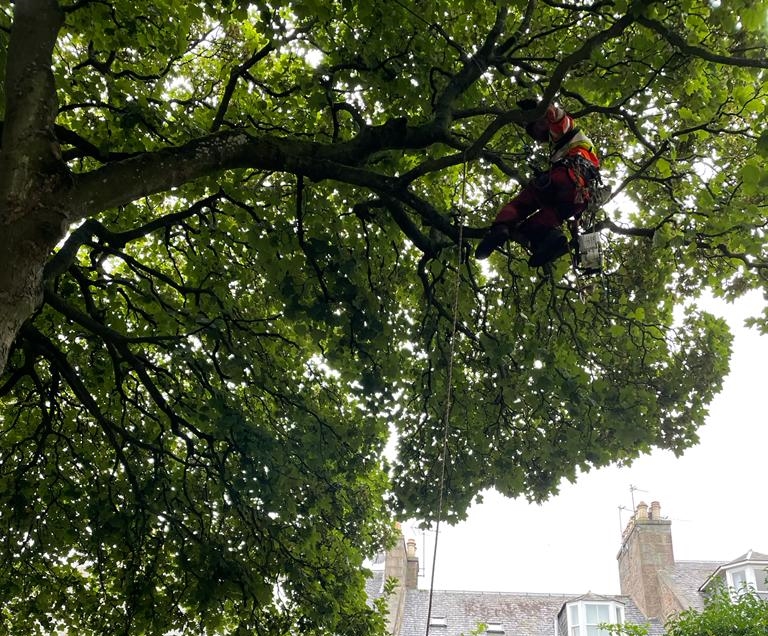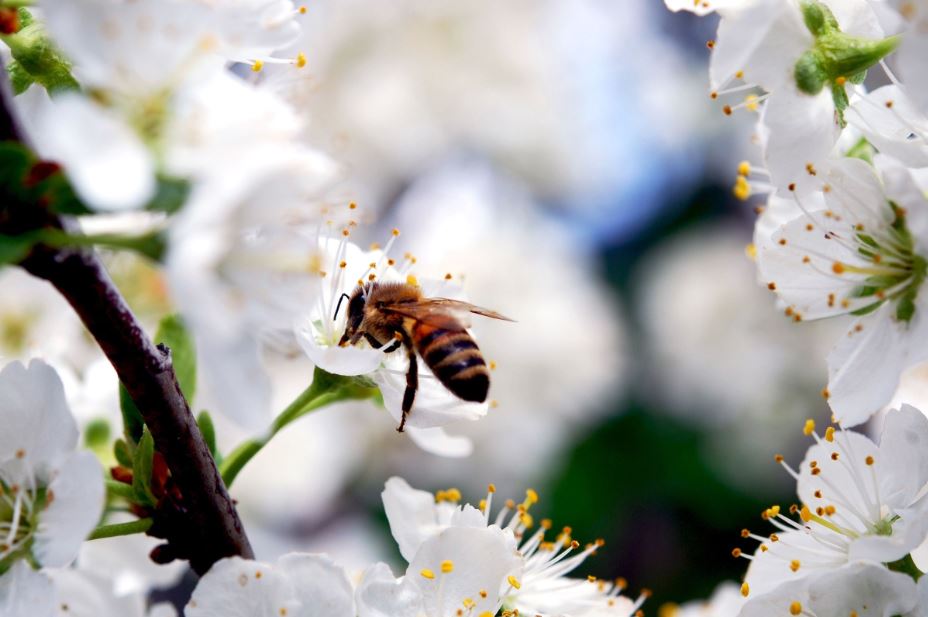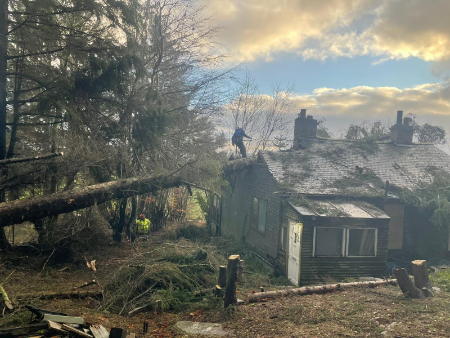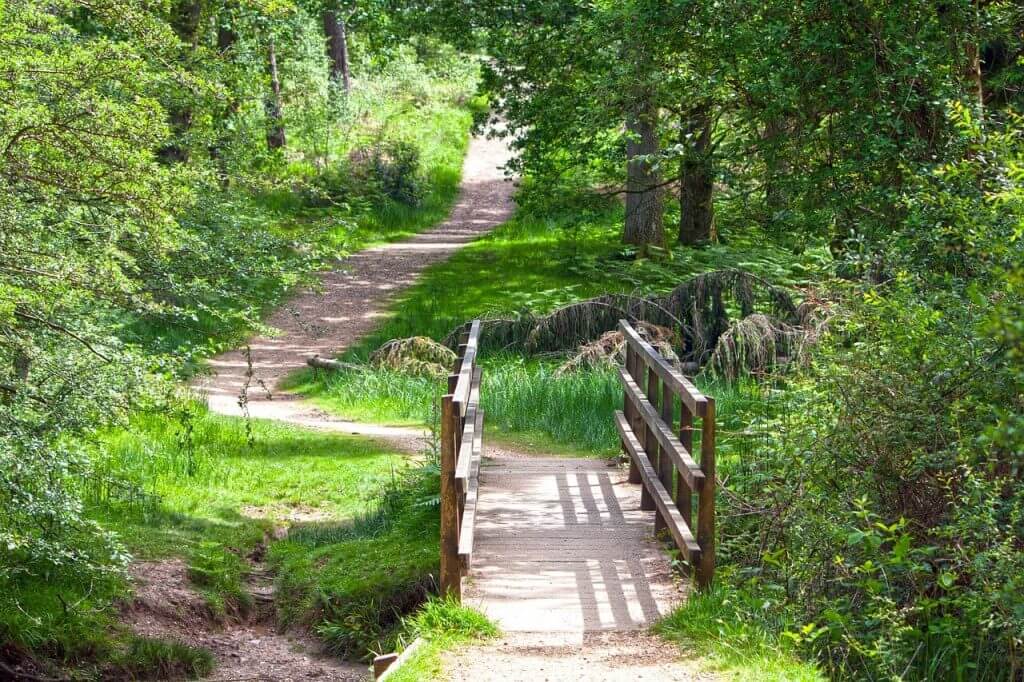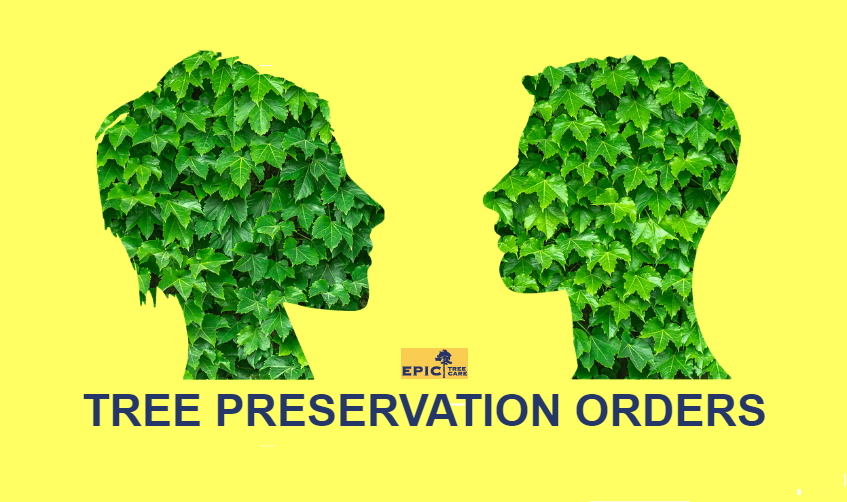Tree Planting Guide
November 30, 2016
Tree planting guide created for you as tree planting season is just around the corner!
Every Spring we plant lots of new trees; from replacing our customer’s trees which have been removed or lost over the previous year, to developing new forest land, to starting new urban gardens. Planting trees is imperative to guaranteeing that they carry on with a long and healthy life so why not contract an expert to guarantee they are placed correctly?
Tree planting is essential and especially satisfying in the knowledge that the tree will probably outlast you and be a home for other forms of life. But, if not planted properly, trees will likely fail to reach it’s maximum potential – a lot of trees in urban settings do not survive more than eight years after planting.
Planting trees is not hugely challenging when equipped with the proper knowledge and spending a little time to consider whether the tree will have everything it will need in future years in the intended location.
The most vital part of tree planting precedes everything else; selecting the correct tree for the correct location. Size, maturity, fruit and seed production, colour, ruggedness, lighting requirements, soil and dampness conditions which a tree requires ought to be considered before choosing particular species of tree. This approach will avoid numerous issues which can cause the tree to exceed available space, becoming unhealthy or requiring extraction.
After selecting the correct tree, the following most critical step to be sure of is you don’t plant the tree too deep. The ground level should be level with the place where the trunk begins to widen and flare out into roots to guarantee oxygen is accessible to the tree and to prevent the tree from suffocating or drowning following planting.
Selecting the correct tree for the right place and planting the tree at the correct depth will help avoid the two most serious issues we see in the UK with tree planting, although there are lots of measures tree-owners can take to help ensure trees are planted properly. For more info and to read a detailed guide on the most proficient method to correctly plant trees see the instructions underneath.
Instructions for Tree Planting
When you have chosen the correct tree for the correct place, you’re prepared to plant. Adhering to these guidelines will reduce the stress to the tree following planting and encourage the tree to begin establishment and settlement.
- Locate the point where the roots flare out from the trunk. This is point which should be level with the level of ground. If this point of the tree is not visible, remove some soil to expose the trunk and avoid suffocation. The size of the ball of roots indicates the size of hole required.
- Making sure the hole is correctly sized is fundamental to the tree’s successful establishment. The whole should comfortably fit the root ball and you should slacken soil around immature roots so they can reach out and embed themselves into the new soil. The main issue with incorrect tree planting is usually planting trees too deep in the soil.
- Ensure the tree is straight before refilling the hole. It is difficult to adjust the angle of a tree once the hole has been filled and impossible once the tree has established itself.
- When refilling the hole with soil, pack the soil firmly to avoid air pockets which would dry out and damage roots.
- Only support the tree with stakes if needed as most trees won’t normally require staking. Top-heavy trees or trees planted in extremely windy locations may require support with stakes on opposing sides of the tree. The fastening device around the tree and stakes should be strong and robust to prevent the tree from falling or toppling, yet allow for sufficient movement and sway so not to cause damage to the tree’s bark. Stakes should not be left in situ for over two years.
- To preserve moisture and protect against temperature changes, mulch the territory which has been disturbed during the hole-digging and tree-planting process. A layer of approximately two inches in thickness should be applied, ensuring to leave a small gap around the tree trunk to avoid potential mould and decay.
- Following planting, soil moisture ought to be maintained. Over-watering can result in as many issues (if not more than under-watering). Trees receiving little or no rain should be watered once each week as a general guide. Keep pruning to a minimum for one to two years following planting unless essential to repair damage, as large-scale pruning can cause stress and waste the tree’s energy which it needs for establishment in the new location.
Guided by these instructions, tree-owners can give their newly planted trees the best chance to survive and flourish, and as many local arborists would concur, trees in our area deserve as much help as possible with the UK climate! For more information and free onsite quotes in the North East of Scotland, call 01224 460377 or contact us.
Found this article helpful? Leave us a review!
Telephone Number
Location
Craigenseat Farm, Crossroads, Keith, AB55 6LQ, United Kingdom
More from Epic Tree Care
Check our library of articles regularly, as we’re constantly growing our knowledgebase.

